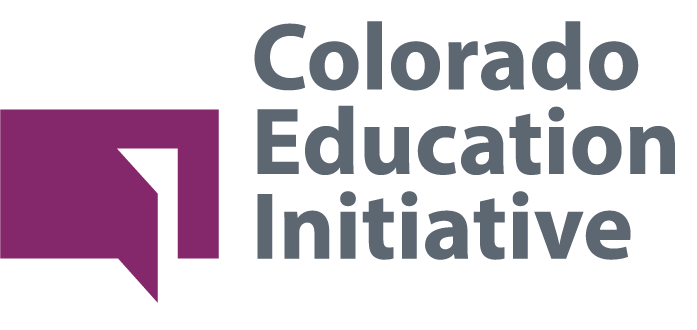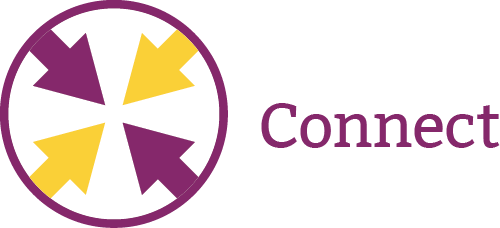
At this time, many organizations and individuals that CEI respects and works closely with have produced toolkits and guidance that include fantastic approaches and resources, many of which are linked to throughout our work. However, what we believe makes this guidance different is that it links theory and ideas with practice and was developed with and by practitioners in their real-time planning processes this summer.
With the partners listed below, CEI has learned and developed an actionable and timely set of goals and strategies for re-entering school in Fall 2020 with a focus of building a foundation of social-emotional wellness to enable high quality academic learning. We would like to offer a special thank you to the following districts for their support and guidance through this process.
- Alamosa School District RE-11J
- Boulder Valley School District
- Cañon City School District Fremont RE-1
- Clear Creek School District RE-1
- Colorado Springs District 11
- East Grand School District
- Fremont School District RE-2
- Greeley- Evans School District 6
- Holyoke School District RE-1J
- Mesa County Valley School District 51
“The most valuable takeaway for me and my team was the time we were able to discuss what worked for OUR district and getting to know more about the two buildings in our district. It was nice to hear all team members collaborate and take turns sharing information. Our team was not just okay with what was decided, but also challenged each other.”
Andrea Kammer, Elementary Principal, Holyoke School District,
Navigating the Framework
CEI’s SEL framework was developed to support school and district leaders to engage in and orient around four goals, each which is explored and further defined through both research and CEI guidance throughout this toolkit – and each with examples of how different Colorado communities are translating the vision into practice within their context. Along with a focus on these goals, CEI believes that designing solutions and strategies for our schools requires us to deeply understand the needs of the “end-users” we are designing with and for.
Each section of the framework outlines goals for re-entry that districts should be working toward (Address Inequities, Connect, Reassure & Inspire, and Assess & Prepare); followed by strategies that will support districts to move toward these goals for three primary stakeholders in their systems (educators, students, and families and communities); and examples of how Colorado school districts are bringing these strategies to life as they re-enter school in Fall 2020.

Ask hard but critical questions about privilege, benefit, isolation, unsupported struggle, and disproportionate burden in your system and aggressively address them.

Explicitly buffer stress, anxiety, frustration, and negative mindsets while reassuring and inspiring people about the year ahead.

Create the conditions for people to do their best work by addressing unmet needs, skill gaps, and uncertainties that undermine their confidence and efficacy – make every effort to get people what they need to be successful.
End-Users at the Center of Your Design
For each goal, CEI encouraged districts to organize their approach to re-entry with three key stakeholder groups in mind. To re-establish a thriving learning community, schools must plan to support educators, students, and families.
Educators
For adults in our schools to provide support for students, we must first address the impact of the COVID-19 pandemic on them. Just like on a flight, when the plane loses cabin pressure adults must first care for themselves and then support the young people around them.
Students
Once we identify the needs of our educators, counselors, and administrators and address those needs, we must focus on our students. During re-entry we need to pay special attention to those students that have been disproportionately impacted by the pandemic.
Families and Community
We have learned that during this trying time, our families and community are essential partners in student learning more than ever before. Supporting this kind of partnership requires that we develop open systems and identify the needs of the families that are “essential workers” in our education system.



